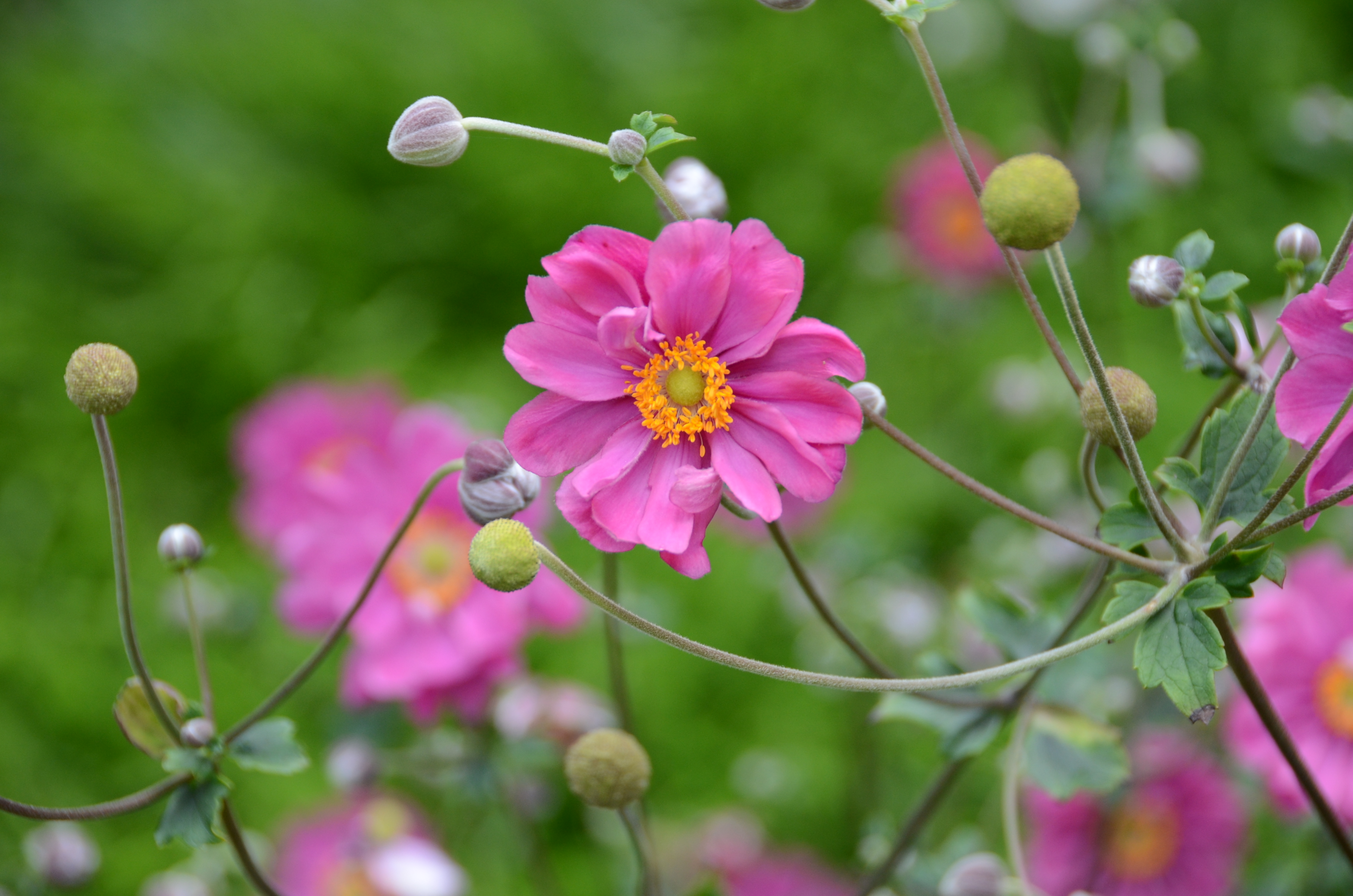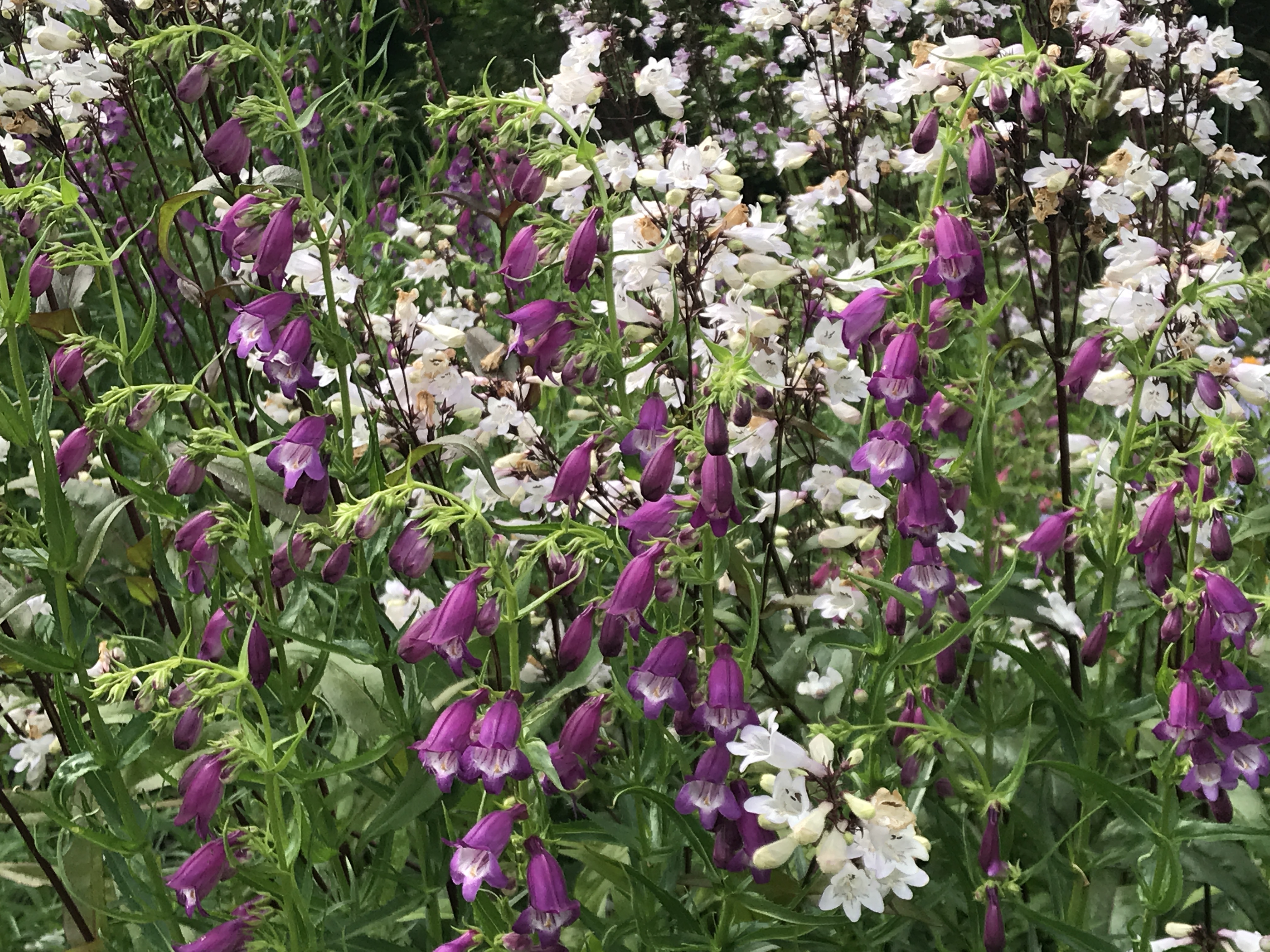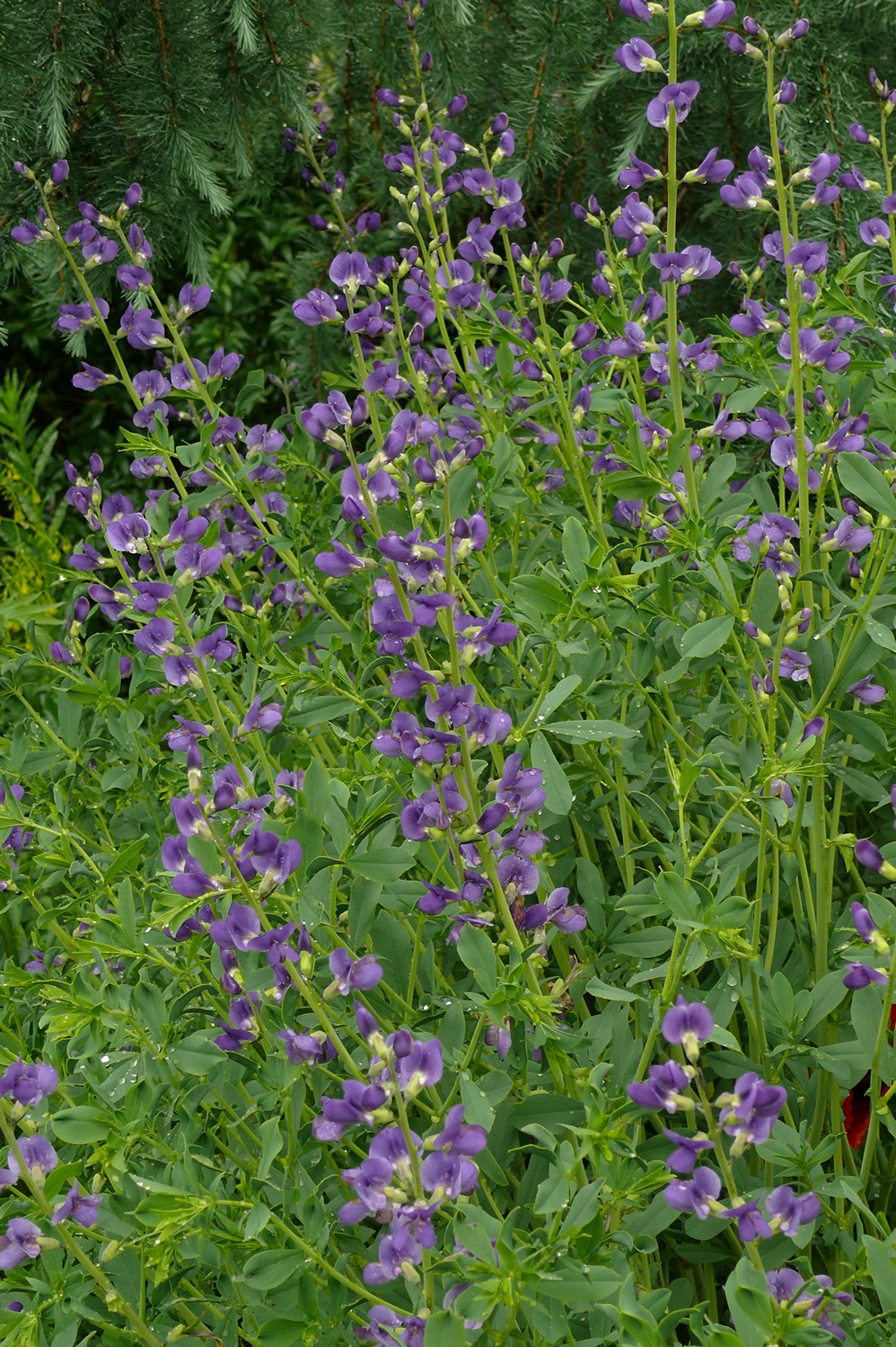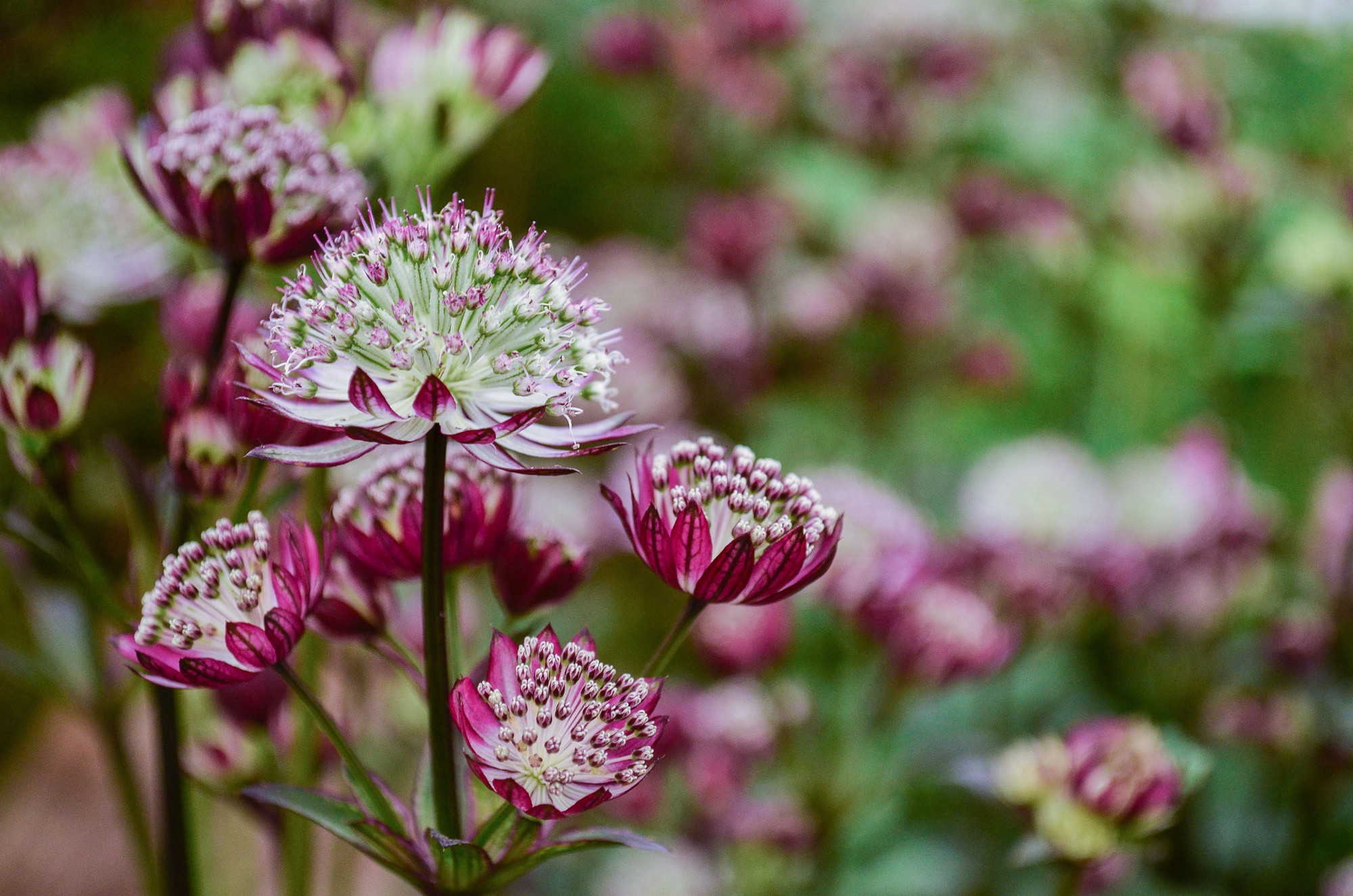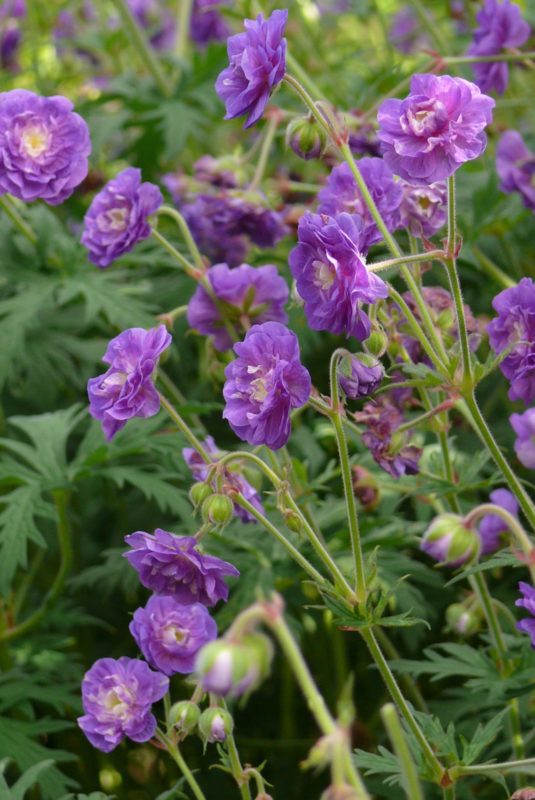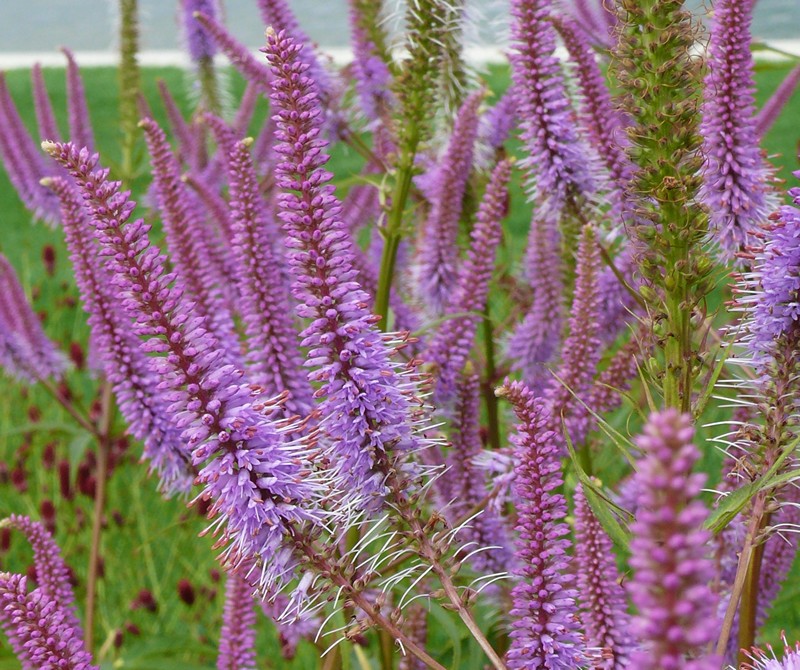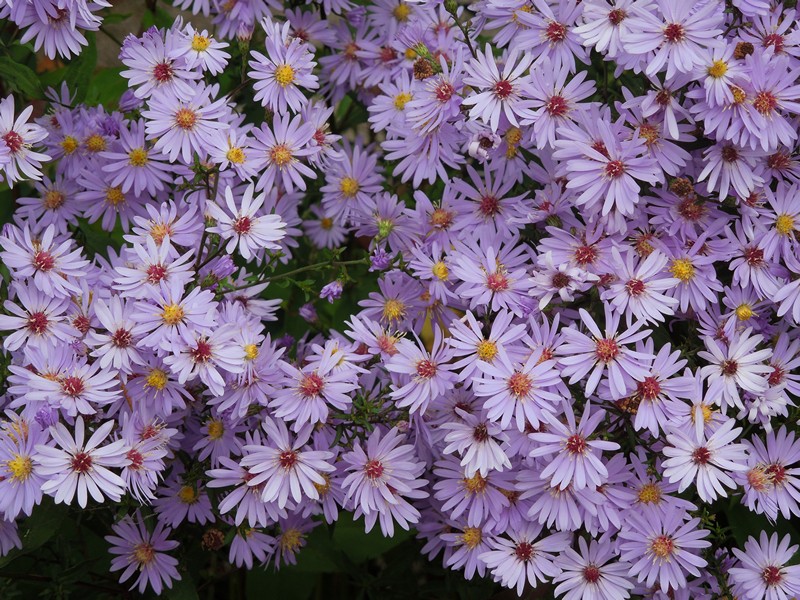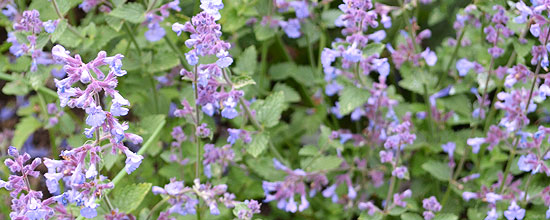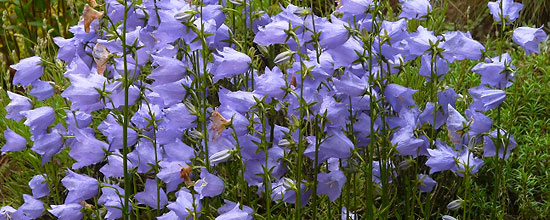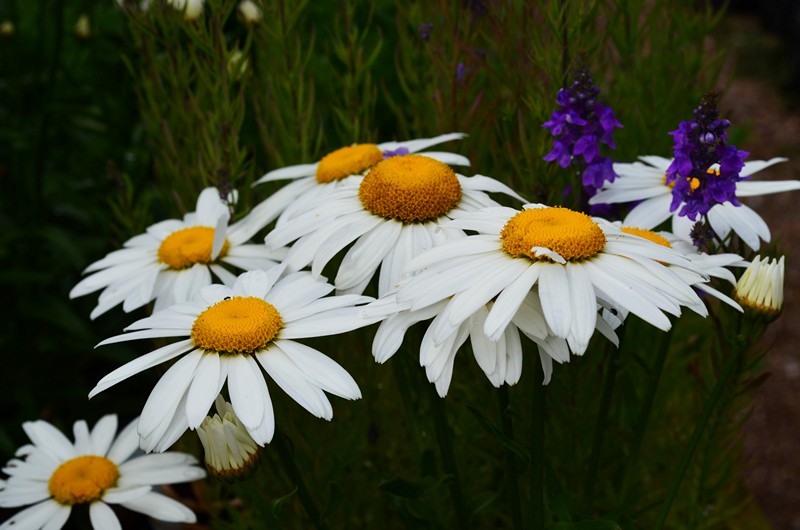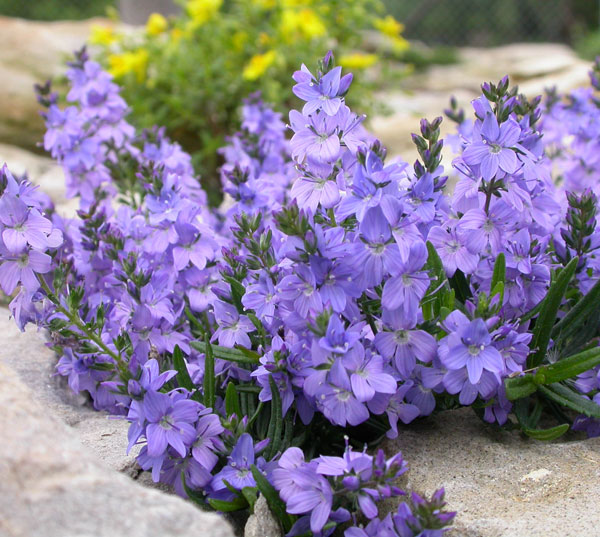It is a small genus of perennial herbs, most of whose successors grow in the eastern parts of the United States. One species further occurs in the Eastern Mediterranean and East Asia. Amsonia is botanically a family of toadstools (Apocynaceae), which has only a unique representation in our Czech flora (the most famous is the periwinkle periwinkle – Vinca minor).

Amsonia ciliata 
Amsonia tabernaemontana our. salicifolia 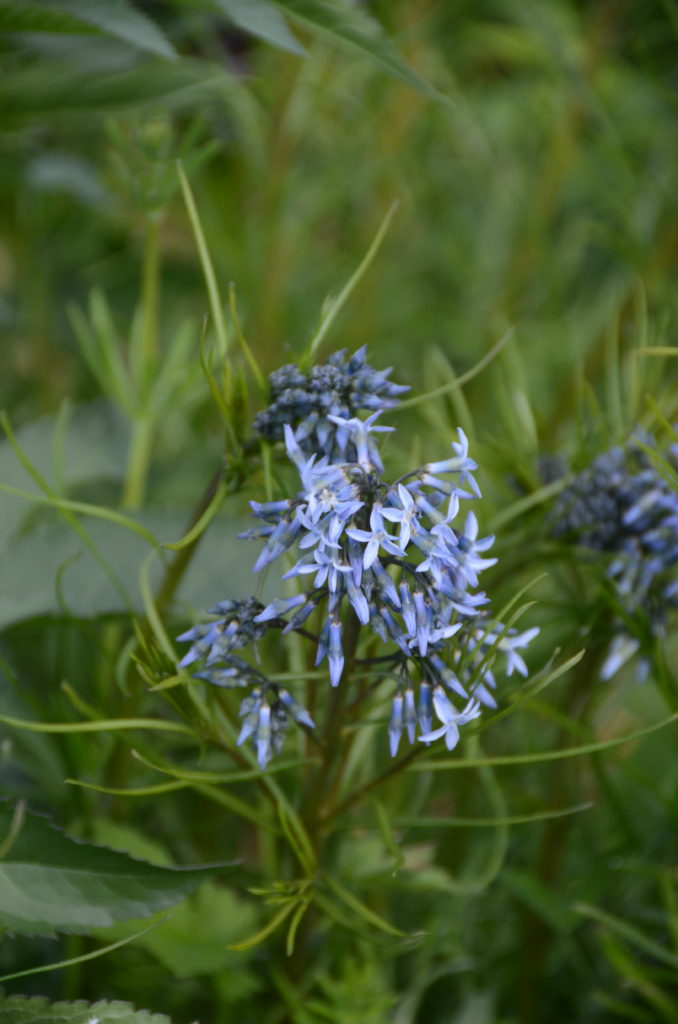
Amsonia hubrichtii
Amsonias are lower to medium-sized perennials, which his the habit is more reminiscent of smaller shrubs. From semi - woody rhizomes to tufts of unbranched stems grow in the spring, which are densely covered with alternately arranged ones , celokrajnými list, ovoid to almost acicular in shape. In the spring and early summer they are on the peaks stems develop crested inflorescences , composed of asterisks, when 1,5 cm of large flowers. Their color is ranges in lighter shades from sky blue to darker lavender blue.
From the point of view of today's use of garden perennials, Amsonie can be described as “modern perennials ". They are undemanding, long-lived, pest free, non-aggressively growing perennials, eye-catching throughout the vegetation. He will draw attention to himself in the spring metallic blue flowers in contrast with a number of deep green leaves, which especially for broadleaf types (Amsonia tavernnamontana) they bring a significant textural element to the plantings, which passes in the autumn in a surprising golden yellow color accent.

Amsonias are completely frost-resistant in our conditions and you can apply both in the classic flower bed, so in larger plantings freely growing perennials, while not large demands on the soil and can withstand both drier (And. hubrichtii), so wetter habitat (And. tavernnamontana), in full sun or light penumbra.

Probably the most commonly grown species is North American And. tavernnamontana, growing heights around 80 cm. In the habit it is a relatively plastic species, when we can meet both broadleaf, so narrow-leaved type called our. salicifolia. The variety ‘Blue Ice‘ probably also belongs to this species., which grows high around 40 cm and is characterized by in the case of amsonia flowers, the darkest shade of blue.

Amsonia tabernaemontana our. salicifolia 
Amsonia ‘Blue Ice’
Of the other North American species, quite often we can meet with And. hubrichtii , with narrow acicular leaves densely overgrown stems, which create significant to willow-like tufts . They are grown less then And. cilliata, which is similar previous species, but with slightly wider leaves and And. clear with bright green leaves.

Amsonia ciliata 
Amsonia ciliata
The only European representative is And. orientalis, formerly a free-standing species Rhazya orientalis, with dark blue flowers and height around 40 cm.
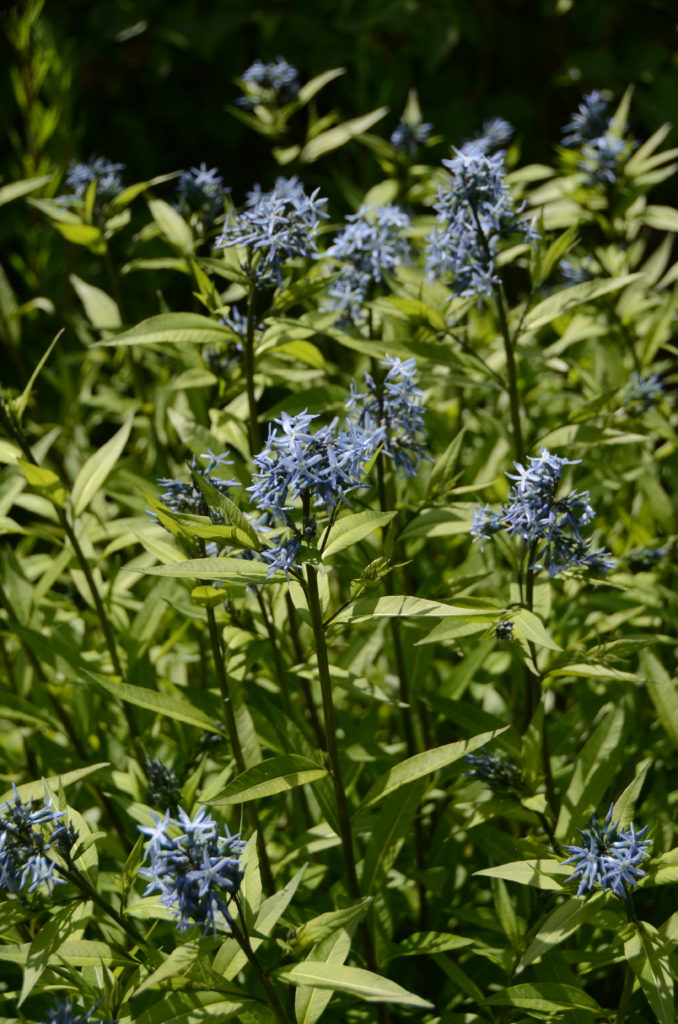
Amsonia can be propagated in the spring by sowing seeds or with the help of herb cuttings in early summer.





